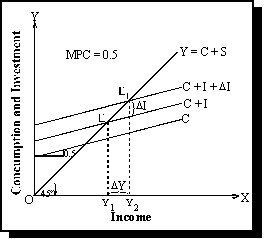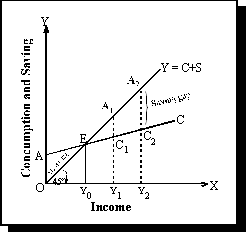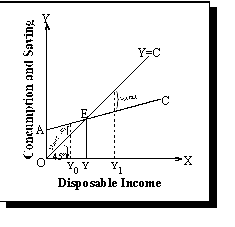Features of Monopoly
- There is only one firm or producer of product having no close substitutes.
- A monopolist can fix the price of his product as he likes. He is therefore a price maker.
- The goal of monopolist is to seek maximum total profit not ‘maximum unit profit”.
- The firm is industry in case of monopoly. There is no need to separate the firm from the analysis of industry.
- Entry of other firms is restricted in monopoly.
Forms of Imperfect competition
Since imperfect competition refers to the entire situation between perfect competition and monopoly, there connote be only one certain form of it. Normally following market conditions are referred to when we talk to imperfect competition.
- Monopolistic Competition.
- Oligopoly
- Absence of pure monopoly.
Because the brief discussion of these varied forms of imperfect competition it would be proper to know the dissimilarities between imperfect competition and monopolistic competition.
- Imperfect competition is a negative concept; what is not perfect is imperfect. As such it has a wide connotation. Monopolistic competition on the other hand is a positive concept. It shows the existence of competition but qualified by monopolistic elements.
- Chamber shows the importance of product differentiation and of selling cost under monopolistic competition. Each firm is producing a different variety of a product and each is resorting to advertisement in order to push up its sales. Under imperfect competition these aspects are ignored.
Features and Causes of Monopolistic Completion
- Under monopolistic competition, the product will not be identical or homogeneous and at the same time will not be entirely different form each other. The products are differentiated and are commonly known by brand names or trademarks. There will be competition between rival brands of each product. The consumers may come to acquire special preferences for particular brands.
- Monopolistic Competition is characterized by imperfections in the market which may arise due to ignorance, inertia, cost of transport, irrational ignorant about the availability and the prices of the different brands in the market. Similarly sellers too may not have equal knowledge about the market and the prices in the different sections of the market.
- A large number of sellers. In a monopolistic competitive market, the number of sellers is large (but not as many as imperfect competition) and they are not dependent on rivals, actions. They act quite independently without caring for their rivals.
- Competition. As because each prouder or seller is independent in his actions, but each one takes decisions, considering others’ actions and their effects on buyer’s behavior. This situation leads to competition among sellers. The producers or sellers never work in collusion with each other.
- Free Entry and Exit. Like perfect competitive situation, there is perfect freedom for firms to enter or leave the industry at any time. They have to face a number of problems in entering the market under monopolistic conditions as competed to, perfect competition.



